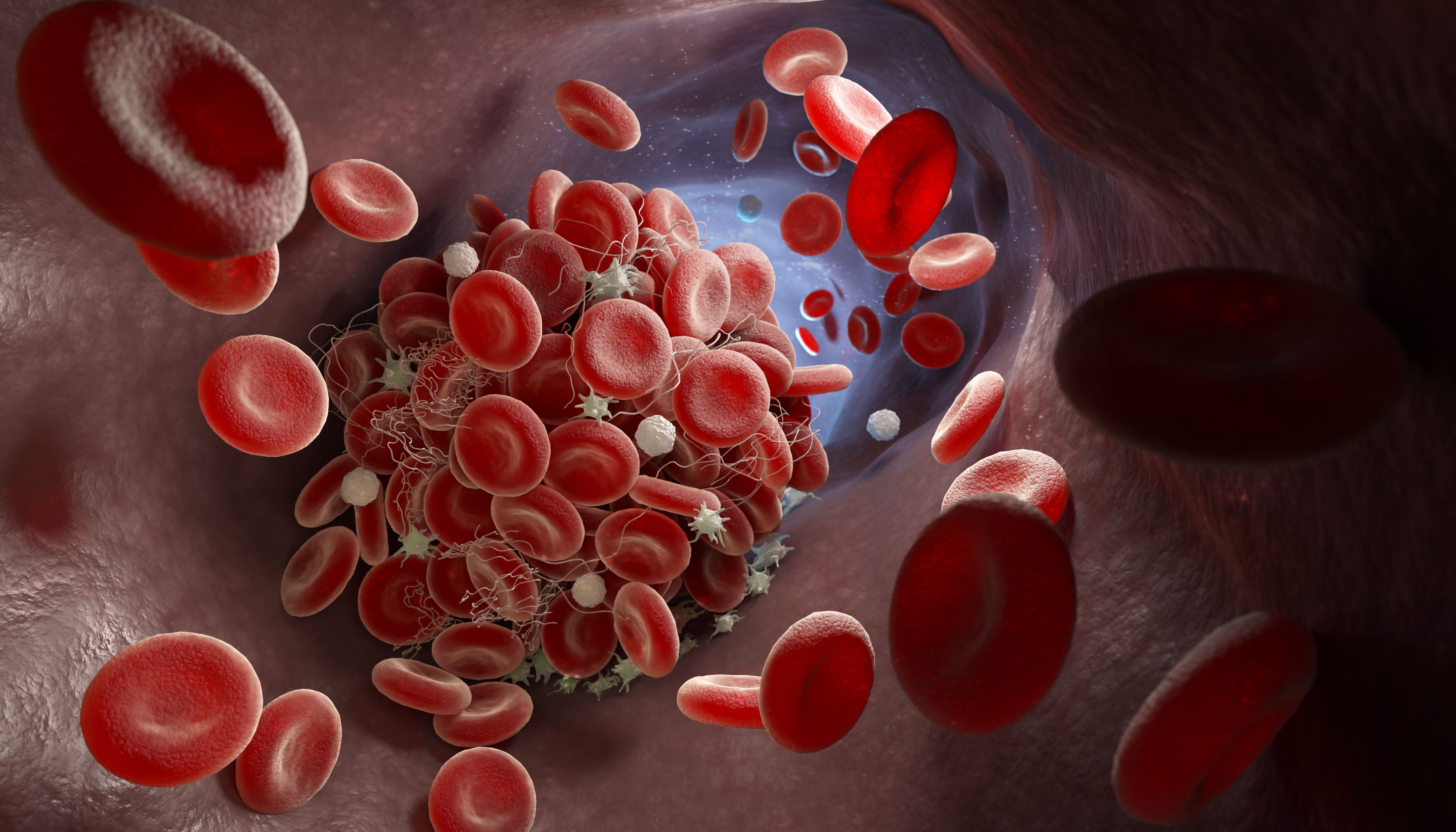Article
Chemical Exposure and Myeloid Malignancies: More Research Is Needed
Author(s):
Most research looked at the broad category of myeloid malignancies, not each individual disease.
Certain chemical agents have been linked to the development of myeloid malignancies, though little research is available on how exposure impacts risks for each individual disease, according to recent research published in the journal BMC Cancer.
Myeloid malignancies are a series of cancers, including myelodysplastic syndrome (MDS), acute myeloid leukemia (AML), myeloproliferative neoplasms (MPNs) and chronic myeloid leukemia (CML). The International Agency for Research on Cancer (IARC) determined that 1,3-butadiene, formaldehyde, benzene and tobacco smoke all caused myeloid malignancies.
A group of researchers analyzed previous data on the correlation between the chemicals and myeloid malignancies and found that there was “little consistency in the way leukemias were evaluated, and they often were analyzed in aggregate, mixing myeloid and lymphocytic leukemias.” Essentially, most of the research looked at the grouping of diseases together, not each individual cancer type.
“Despite the determination that the epidemiological evidence was sufficient for purposes of establishing causation for leukemia, our review identified only small numbers of studies that actually reported results for specific types of myeloid neoplasms,” the researchers wrote. “Furthermore, where specific diseases were considered, small numbers of observed events often limited the precision of risk estimates.”
When studies looked at individual diseases, the chemicals’ carcinogenicity tended to vary from one disease to the next.
For example, only one study looked at the risk of butadiene in different leukemia types and found that the substance increased risk for CML but not AML.
The researchers called for better – and broader – evaluations of the potential correlation between the chemical agents and each individual myeloid malignancy. Data should be pooled together to form a larger sample and paint a clearer picture of the effect that exposure can have. This can prevent errors in determining relationships.
“Epidemiological findings based on small numbers of specific (lymphohematopoietic malignancies) should be reported but appropriately caveated and not over-interpreted, as these results statistically will be unstable with likely false positive and perhaps more likely false negatives relative risk estimates,” the researchers wrote.
For more news on cancer updates, research and education, don’t forget to subscribe to CURE®’s newsletters here.




